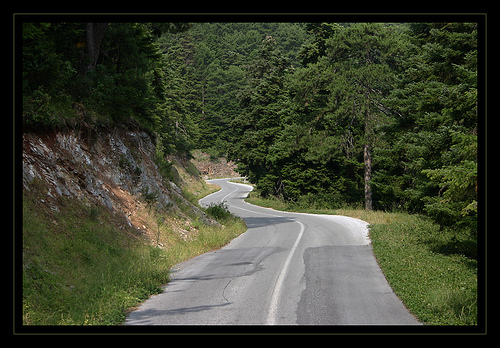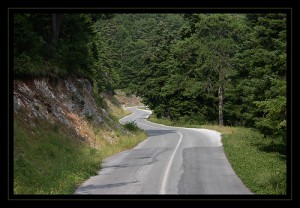
The recovery journey
 I am in recovery. I consider myself to have been in recovery for many years. In fact, I think I have been recovering since I started trying to move away from using self-injury as a coping mechanism, after recognising it as maladaptive, and still now, when I very rarely (but still ever-so occasionally) resort to it.
I am in recovery. I consider myself to have been in recovery for many years. In fact, I think I have been recovering since I started trying to move away from using self-injury as a coping mechanism, after recognising it as maladaptive, and still now, when I very rarely (but still ever-so occasionally) resort to it.
Since recovery is a process, we can, and have to be, involved in directing it. In my opinion we have the possibility to make the choice to recover, and we have this choice at any point in the journey. It’s not something that happens overnight, and I’m by no means suggesting it’s easy. We are all aware to some extent of how self-injury works for us in the short-term, and maybe it’s difficult to see it as a choice. But, at some point we chose (consciously or not) to go down this road, and now, however difficult it may be to see, we do always have a choice to take a different route. By choosing to move away from self-injury, to put energy into coping with things in different, healthier ways, we are choosing to recover.
The goals will be very different at different stages. In the beginning, it might be a case of celebrating those 15 minutes (see 15 minute rule) that you manage to hold off self-injuring – recognising that you can resist the urge, even for a short time. Maybe later it becomes an hour. A day. Two days, etc. Eventually you will manage a week; a fortnight; a month. You might find you celebrate 100 days, 200 days, a year.
The numbers may or may not be important to you. The main point, as I see it, is that the reliance is gradually becoming less and less. Slip ups will happen; they always do. It’s how you treat them that matters. Do you focus on the 100 days you didn’t self-injure, or the 1 day when you did? Do you pick yourself up and carry on in the face of adversity, or do you go back to where you were? Sometimes it will be the former, sometimes the latter. There will be times when you will fall off the horse and stay on the ground, unable to proceed. Other times you will find resilience, and continue from where you left off.
With each time, you will be learning a little bit more about yourself – about how you yourself are able to manage your own urges; about which triggers are particularly difficult to work through in other ways; about the moments when you really find it impossible not to return to old ways; about the best ways to help yourself stay up.
I used to feel that counting the number of days was a sure measurement of my success – I went through all the milestones. I also started recounting many times. Then I gave up counting. Or at least, I gave up starting to count again. Instead I turned the count into X days with X instances of SI. I found that this helped me remain positive – focusing far more on the success than on the little slip ups. I only considered them a relapse if I found myself unable to get back to the X days being a bigger number than the X instances.
I also found that the times when I said to myself “OK, I’m recovered” were the times I was most likely to fall backwards. That’s why I now consider it a process, and never say I am recovered, however long ago it is since I last did it or thought about it. I’m on the recovery path, and that’s where I will stay, however long it takes.
It’s been a long and difficult journey to this point, but along the way I have learnt a lot about myself, and the success I celebrate now is not a number, but noticing the times where I know that in the past I would have immediately felt an urge and quite possibly been unable to surf it, whereas now I manage to do other things. That’s a success which can actually be celebrated from day one. Give it a go!
Charis
Photo credit: PeWu




